Does Curry Contain Gluten? The Truth Revealed
No, pure curry powder made from natural spices like turmeric, cumin, coriander, and ginger does not contain gluten. However, some commercial brands may add gluten-containing fillers, thickeners, or anti-caking agents. Always check labels for gluten-free certification to ensure safety.
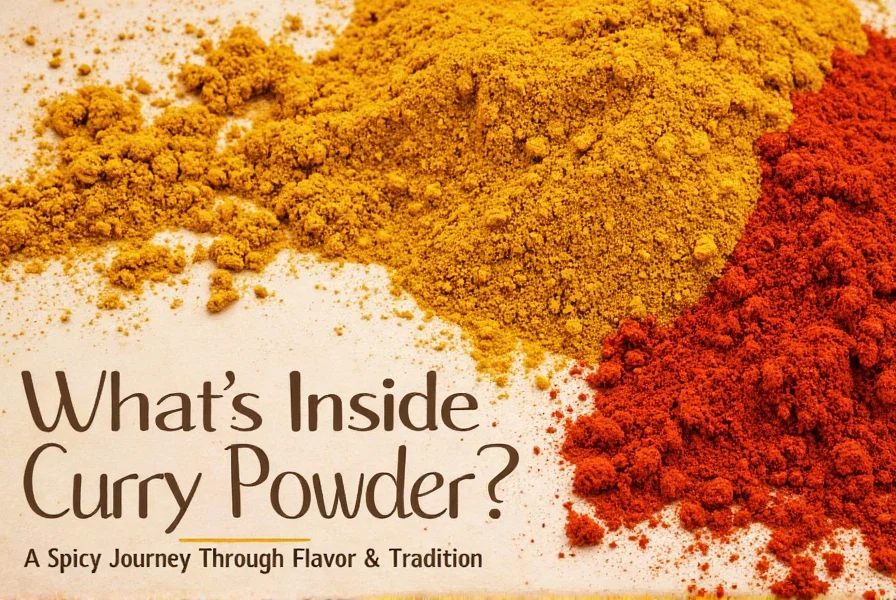
What Exactly Is Curry Anyway?
Curry isn't a single spice but a blend of ground spices varying by region. South Indian masalas use bold flavors, Thai curries incorporate coconut, and supermarket blends often include turmeric, cumin, coriander, fenugreek, ginger, and black pepper. While these core ingredients are naturally gluten-free, some brands add fillers or anti-caking agents containing gluten.
| Spice | Natural Gluten Content | Potential Risk |
|---|---|---|
| Turmeric | No | Cross-contamination possible if processed in shared facilities |
| Cumin | No | Rare additives |
| Coriander | No | Generally safe |
| Fenugreek | No | Low risk |
| Ginger | No | Safe unless mixed with wheat-based fillers |
Understanding Gluten and Its Hidden Sources
Gluten is a protein found in wheat, barley, rye, and triticale. For those with celiac disease or gluten sensitivity, even small amounts can cause harm. In curry powder, gluten may hide in:
- Anti-caking agents (e.g., wheat-derived maltodextrin)
- Thickeners (e.g., wheat starch)
- Fillers added to bulk up inexpensive blends
Reputable brands now label products as "gluten-free" and use certified testing to prevent contamination.
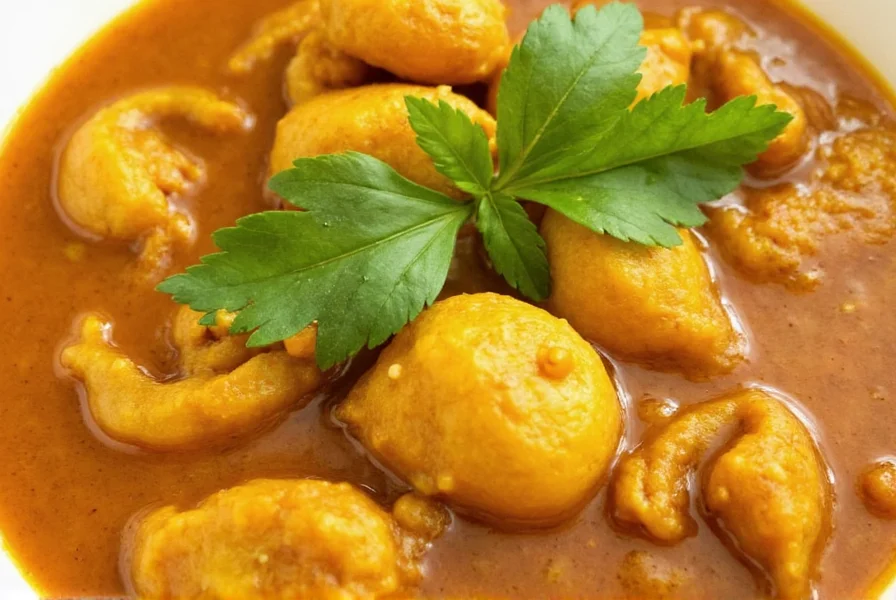
How to Read Labels Like a Pro
Decode food labels with these steps:
- Look for "Certified Gluten-Free" logos from trusted organizations like GFCO or NSF.
- Scan the allergens section for "Contains: Wheat" warnings.
- Check for "may contain traces of wheat" – avoid for strict gluten-free diets.
- Avoid vague terms like "natural flavorings" or "spices" – reputable brands list all ingredients clearly.
Top Gluten-Free Curry Brands to Know
| Brand | Product | Key Features | Best For | Price Range |
|---|---|---|---|---|
| Simply Organic | Organic Curry Powder | Certified organic, gluten-free, vegan | Health-conscious cooks | $$$ |
| McCormick | Curry Powder | Widely available, affordable | Everyday home cooks | $$ |
| Penzey's Spices | Madras Curry Powder | Mild heat, rich aroma, gluten-free | Kitchen experimenters | $$$ |
| Frontier Co-op | Curry Powder | Non-GMO, kosher, gluten-free | Eco-conscious buyers | $$ |
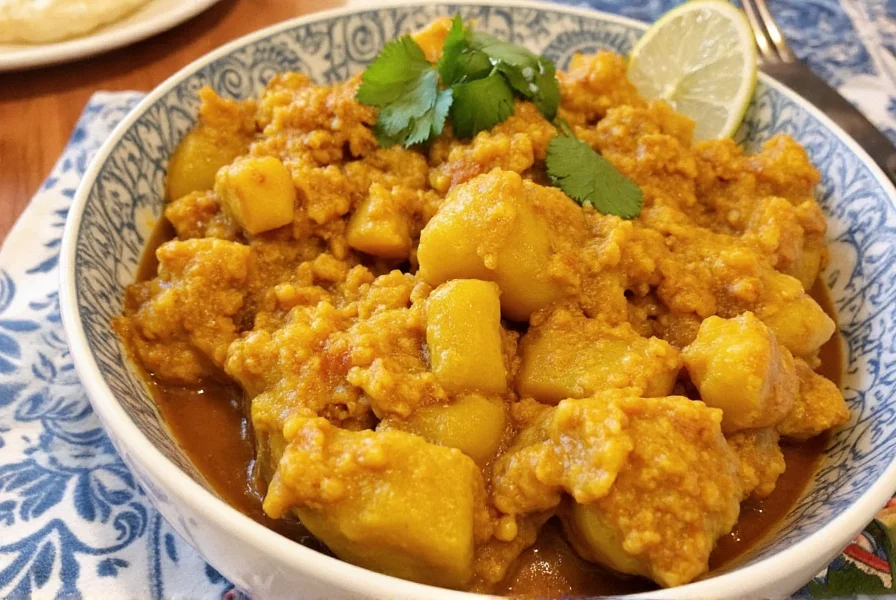
Storage Hacks for Maximum Freshness
Curry powder loses potency quickly. Preserve flavor with:
- Airtight containers: Transfer to sealed glass jars to block moisture and air.
- Dark storage: Keep away from sunlight or heat sources like stoves.
- Label dates: Note purchase date; replace after 1-3 years.
- Refrigeration only in humid climates: Ensure tight lids to prevent condensation.
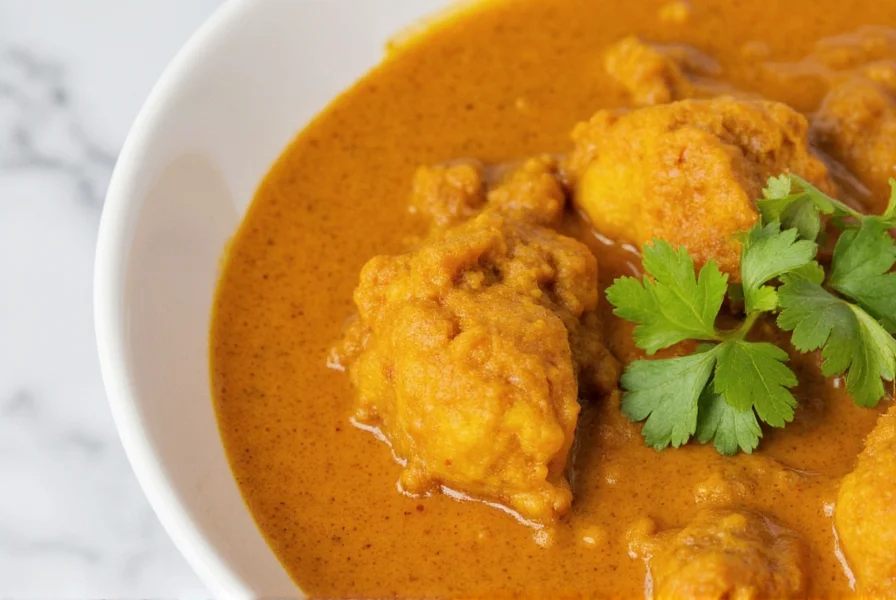
Creative Ways to Use Curry Without Gluten
Expand your gluten-free cooking with these ideas:
- Roasted veggies: Toss carrots or cauliflower with oil and curry before baking.
- Homemade hummus: Add a spoonful for instant flavor depth.
- Scrambled eggs: Stir into eggs with turmeric and peas for breakfast.
- Marinades: Mix with olive oil, garlic, and lemon for chicken or tofu.
- Popcorn seasoning: Dust with curry and nutritional yeast for savory snacks.
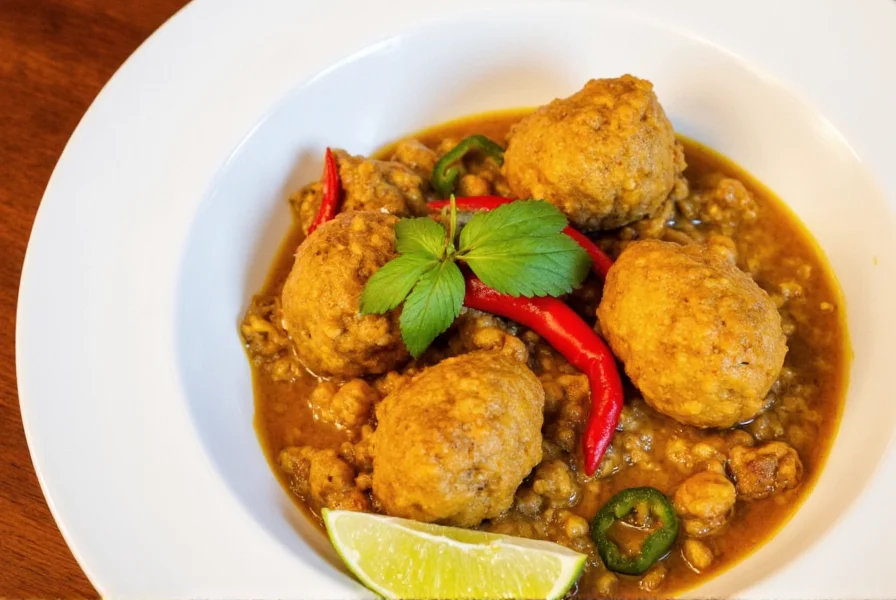
Buying Guide: Picking the Perfect Curry Powder
By Heat Level
- Mild (e.g., Indian Korma): Ideal for creamy dishes and families.
- Medium (e.g., Madras): Balanced heat for stews and rice.
- Hot (e.g., Vindaloo): For adventurous eaters only.
By Region
- Indian: Earthy, warm, with turmeric and cumin.
- Thai: Contains lemongrass and galangal (usually sold as paste).
- Jamaican: Spicy with scotch bonnet peppers and allspice.
- Japanese: Sweet and mild – often contains wheat flour; avoid unless labeled gluten-free.
Frequently Asked Questions About Gluten in Curry
Does all curry powder contain gluten?
No, pure curry powder made from natural spices like turmeric, cumin, and coriander does not contain gluten. However, some commercial brands add wheat-based fillers, anti-caking agents, or thickeners. Always check for gluten-free certification.
How can I tell if my curry powder is gluten-free?
Look for "Certified Gluten-Free" labels from organizations like GFCO. Check ingredient lists for wheat starch or maltodextrin (if derived from wheat). Avoid products with "may contain traces of wheat" warnings.
Can I make my own gluten-free curry powder at home?
Yes! Blend turmeric, cumin, coriander, fenugreek, ginger, and black pepper in a spice grinder. Store in an airtight container away from light and heat for guaranteed gluten-free safety.
Is Japanese curry gluten-free?
Traditional Japanese curry roux contains wheat flour as a thickener. Only choose products explicitly labeled "gluten-free" – these are specially formulated without wheat.
What are the hidden sources of gluten in curry products?
Hidden gluten comes from: wheat-derived maltodextrin (anti-caking agents), wheat starch (thickeners), fillers in cheap blends, and cross-contamination during processing. Curry pastes and sauces are especially prone to hidden gluten.
Final Thoughts
Pure curry powder is naturally gluten-free, but commercial blends may contain hidden gluten. Always verify labels for gluten-free certification. With careful selection, you can safely enjoy curry in all its delicious forms – from roasted vegetables to homemade hummus.


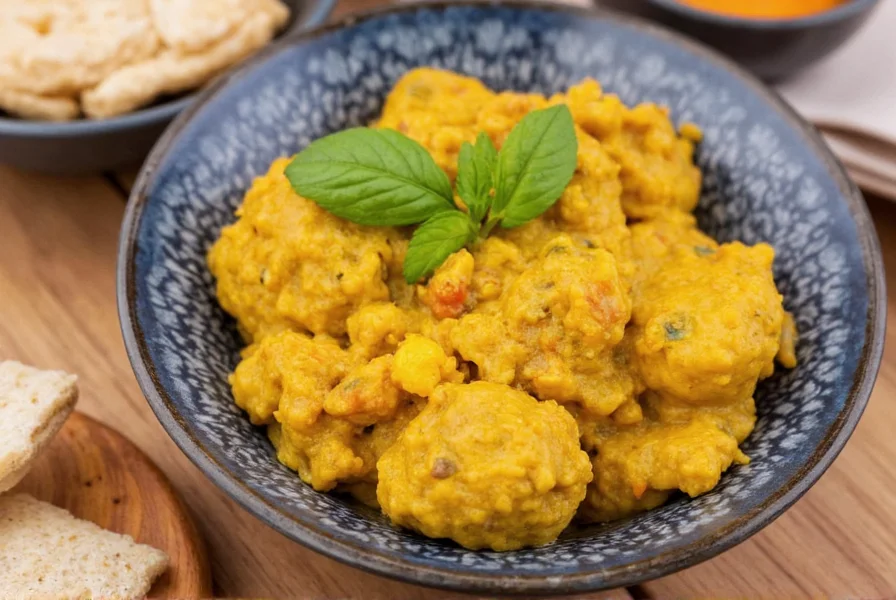









 浙公网安备
33010002000092号
浙公网安备
33010002000092号 浙B2-20120091-4
浙B2-20120091-4